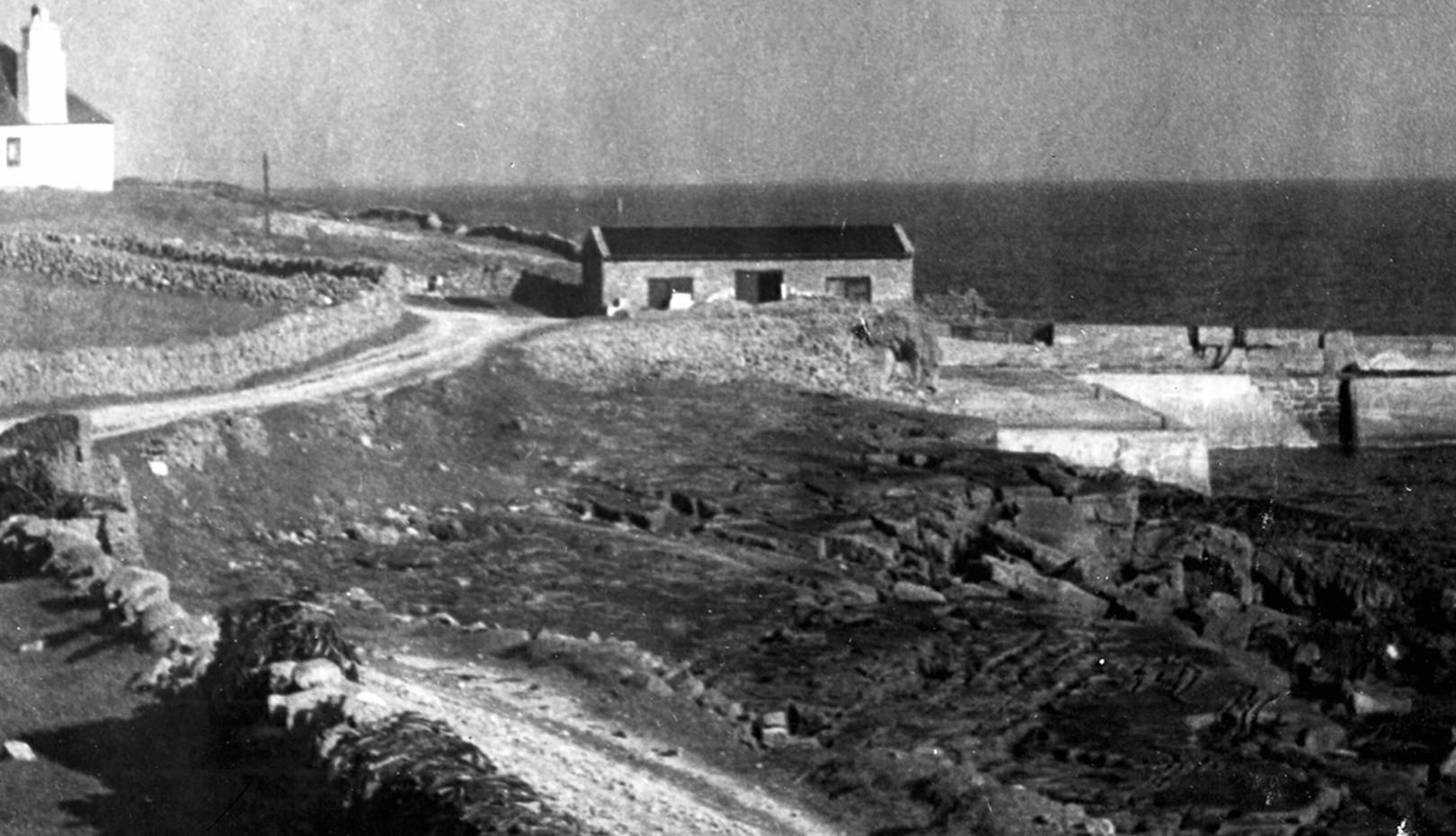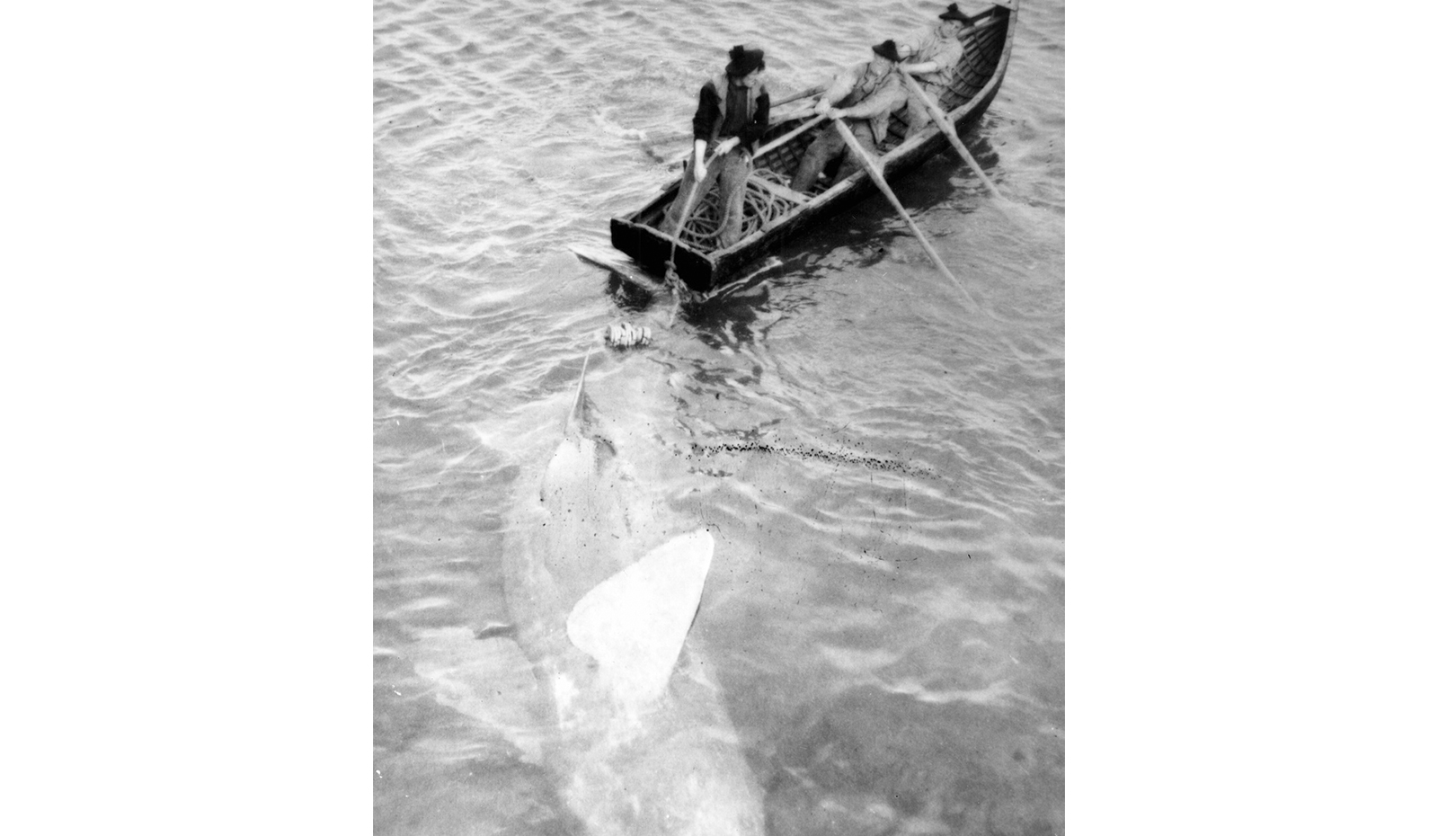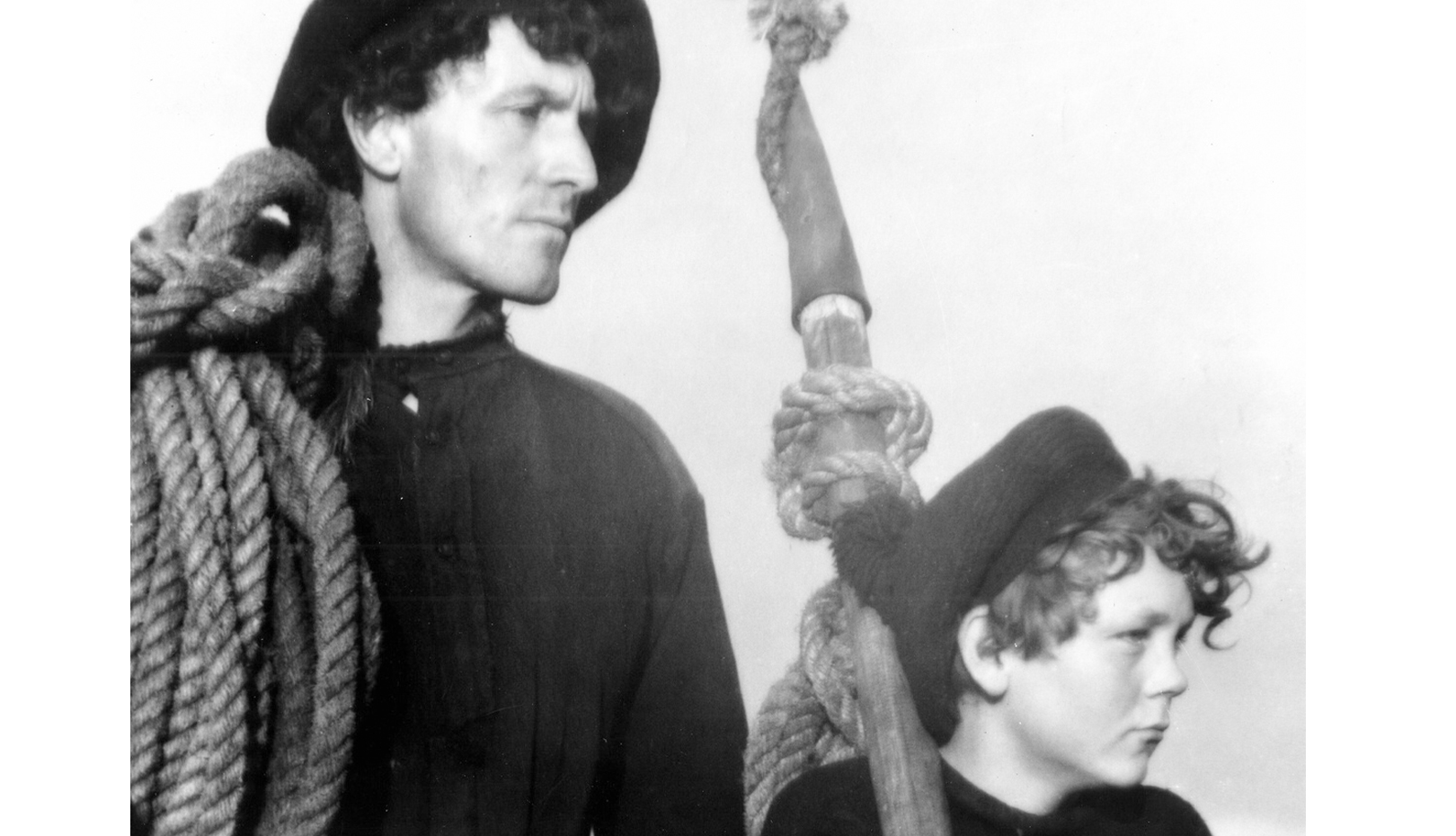Man of Aran
Robert J. FLAHERTY
- UK
- 1934
- 76min
- G
- DCP
- black and white
Synopsis
The influential American documentary pioneer, Robert J. Flaherty, spent three years making this celebrated film. Life on the Aran islands in the 1930’s was hard. Families were forced to fight against the elements for their livelihoods. It was the custom of the men to await the annual migration of basking sharks. If caught, they would provide a family with enough oil for a year, but to catch them meant setting sail in a flimsy boat. Could it protect the fishermen against the pounding force of the ocean?
Review
After a series of clashes with W.S. Van Dyke and F.W. Murnau, Robert Flaherty travels to the Aran Islands of Ireland with his wife and collaborator Frances Flaherty. Over the course of three years, they make Man of Aran, a film about the people who live on a desolate island with rough seas. As with his previous films, Nanook of the North and Moana, Flaherty takes another controversial approach. While the families featured in the film are indigenous to Aran, they are not real, and the shark hunts that make up a large part of the film are reenactments. Man of Aran reaffirms that for Flaherty, documentary is less about producing ethnographic knowledge through accurate observation and recording than it is about conveying the essence of the lives of people living in a particular environment. The film also showcases Flaherty's remarkable ability to poetically compress the relationship between nature and humanity, as evidenced by the use of a telephoto lens to capture huge waves and people in a single frame. It's an accomplishment that cannot be devalued by debates about fact and re-enactment alone.
Director
-

Robert J. FLAHERTY
Between Robert J. Flaherty’s major feature-length films, Nanook of the North (1922), Moana (1926), Man of Aran (1934), and Louisiana Story (1948), he made several smaller ones outside the epic man-against-nature format. More than 50 years after his death, Flaherty’s name still stands out among the most celebrated in motion picture history.


